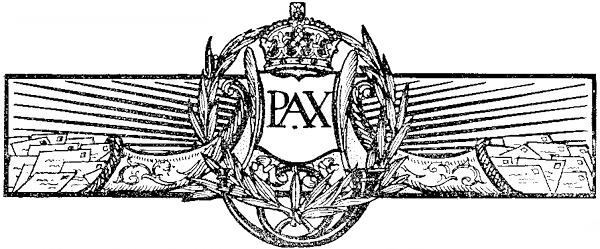Eastern Roman Empire

Background
The Eastern Roman Empire, was the continuation of the Roman Empire in the East during Late Antiquity and the Middle Ages, when its capital city was Constantinople (modern-day Istanbul, originally founded as Byzantium). It survived the fragmentation and fall of the Western Roman Empire in the 5th century AD and continued to exist for an additional thousand years until it fell to the Ottoman Turks in 1453.[2] During most of its existence, the empire was the most powerful economic, cultural, and military force in Europe. Both "Byzantine Empire" and "Eastern Roman Empire" are historiographical terms created after the end of the realm; its citizens continued to refer to their empire as the Roman Empire (Greek: Βασιλεία τῶν Ῥωμαίων, tr. Basileia tôn Rhōmaiōn; Latin: Imperium Romanum),[3] or Romania (Ῥωμανία), and to themselves as "Romans".[4]Several signal events from the 4th to 6th centuries mark the period of transition during which the Roman Empire's Greek East and Latin West divided. Constantine I (r. 324–337) reorganised the empire, made Constantinople the new capital, and legalised Christianity. Under Theodosius I (r. 379–395), Christianity became the Empire's official state religion and other religious practices were proscribed. Finally, under the reign of Heraclius (r. 610–641), the Empire's military and administration were restructured and adopted Greek for official use instead of Latin.[5] Thus, although the Roman state continued and Roman state traditions were maintained, modern historians distinguish Byzantium from ancient Rome insofar as it was centred on Constantinople, oriented towards Greek rather than Latin culture, and characterised by Orthodox Christianity.[6]Collapse of the Roman Empire
See Collapse of the Roman Empire
Collapse of the Western Roman Empire
See Collapse of the Western Roman Empire
Byzantine Empire
See Byzantine Empire
The borders of the Empire evolved significantly over its existence, as it went through several cycles of decline and recovery. During the reign of Justinian I (r. 527–565), the Empire reached its greatest extent after reconquering much of the historically Roman western Mediterranean coast, including North Africa, Italy, and Rome itself, which it held for two more centuries. During the reign of Maurice (r. 582–602), the Empire's eastern frontier was expanded and the north stabilised. However, his assassination caused the Byzantine–Sasanian War of 602–628, which exhausted the Empire's resources and contributed to major territorial losses during the Muslim conquests of the seventh century. In a matter of years the Empire lost its richest provinces, Egypt and Syria, to the Arabs.[7]